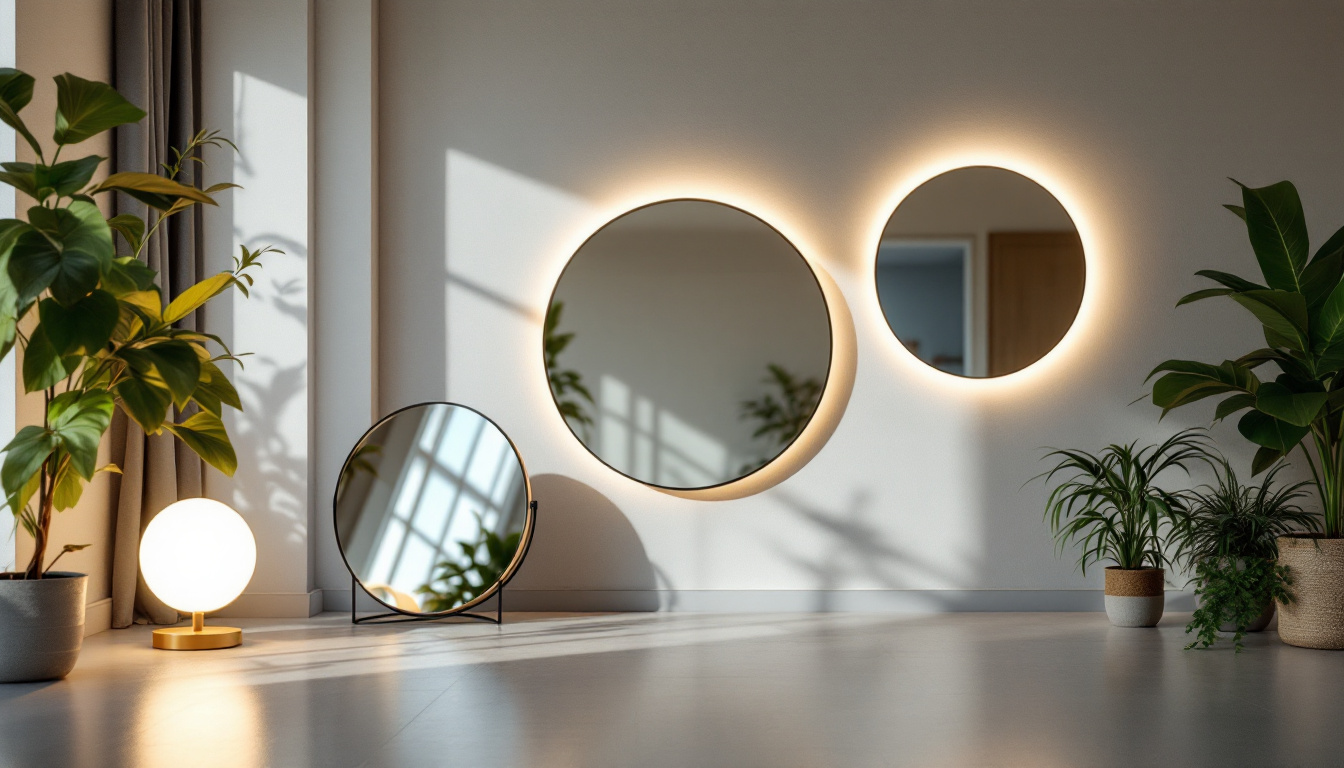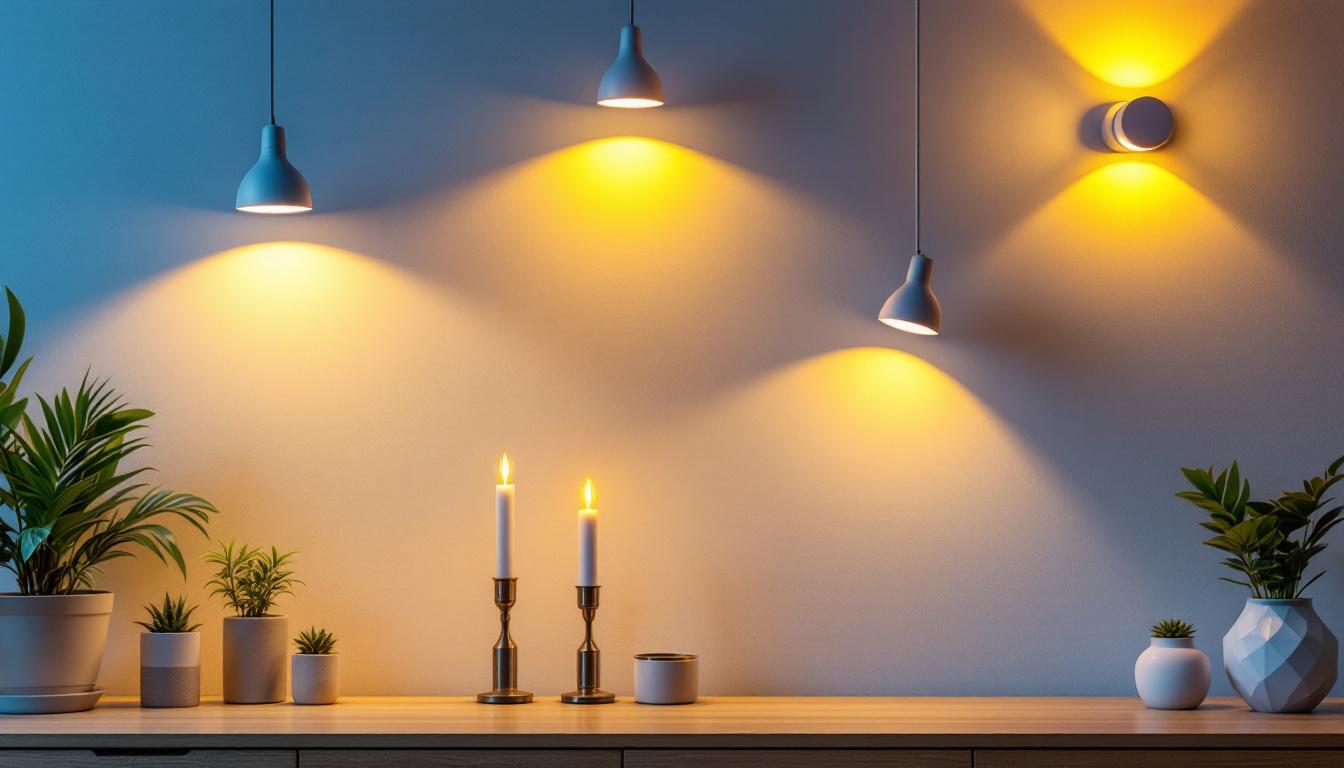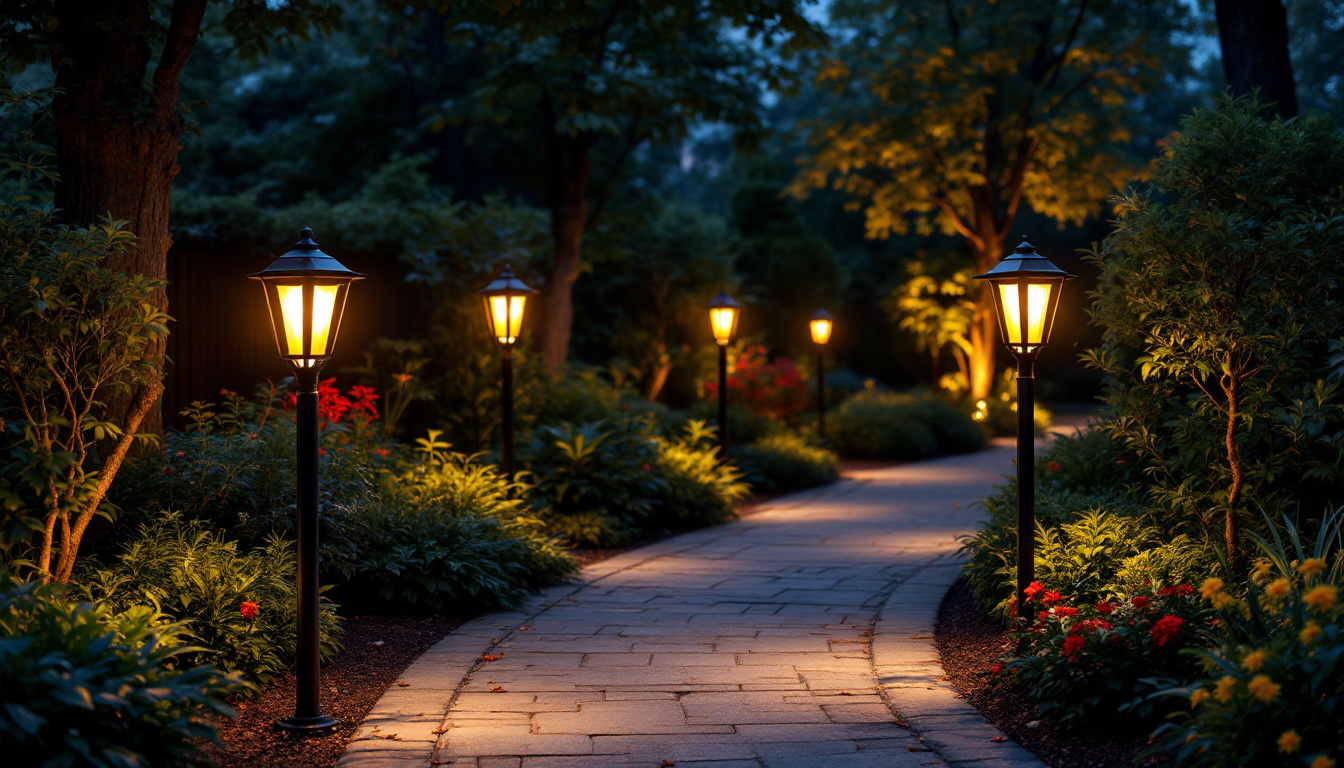
When it comes to designing and implementing effective lighting solutions, hallways often receive less attention than they deserve. However, they play a crucial role in the overall ambiance and functionality of a space. For lighting contractors, understanding the nuances of hallway lighting is essential to delivering projects that meet both aesthetic and practical needs. This handbook aims to provide insights, tips, and best practices for lighting contractors focusing on hallway lighting.
Hallways serve as transitional spaces, guiding occupants from one area to another. Proper lighting in these areas not only enhances visibility but also contributes to safety and comfort. A well-lit hallway can create a welcoming atmosphere, while poor lighting can lead to accidents and a sense of unease.
Moreover, hallway lighting can significantly influence the overall design of a property. It can highlight architectural features, complement interior design themes, and even affect the perceived size of the space. Therefore, it is crucial for lighting contractors to grasp the importance of effective hallway lighting.
One of the primary functions of hallway lighting is to ensure safety. Adequate illumination helps prevent trips and falls, especially in long or narrow corridors. Lighting contractors should consider the layout and usage of the hallway when determining the appropriate lighting levels. For instance, areas with high foot traffic may require brighter lights, while more secluded hallways can be softly lit.
Additionally, utilizing motion sensors can enhance safety by automatically illuminating the space when someone enters. This not only conserves energy but also provides light exactly when it is needed, reducing the risk of accidents.
Beyond functionality, hallway lighting contributes significantly to the aesthetic appeal of a property. Lighting contractors should consider various styles, fixtures, and placements to enhance the visual interest of the hallway. For example, recessed lighting can create a sleek, modern look, while wall sconces can add a touch of elegance and warmth.
Moreover, the color temperature of the lights can influence the mood of the hallway. Warmer tones tend to create a cozy atmosphere, while cooler tones can offer a more contemporary feel. Contractors should work closely with clients to determine the desired ambiance and select fixtures that align with the overall design vision.
Choosing the right lighting fixtures is paramount for achieving the desired effect in a hallway. There are several types of fixtures that lighting contractors can consider, each with its unique advantages and applications.
Recessed lighting, often referred to as can lights or pot lights, is an excellent choice for hallways with low ceilings. These fixtures are installed directly into the ceiling, providing a clean and unobtrusive look. They can be spaced evenly along the hallway to ensure consistent illumination.
One advantage of recessed lighting is its versatility. It can be used in various settings, from modern to traditional designs. Additionally, adjustable recessed lights can be angled to highlight artwork or architectural features, adding depth and interest to the space.
Wall sconces are another popular option for hallway lighting. These fixtures are mounted on the wall and can serve both functional and decorative purposes. Sconces can provide ambient lighting while also acting as a design element that enhances the hallway’s aesthetic.
When selecting wall sconces, consider the height at which they will be installed. Ideally, they should be positioned at eye level to create an inviting atmosphere. Additionally, contractors can choose sconces with dimmable features to allow for adjustable lighting levels based on the time of day or occasion.
track lighting offers flexibility and adaptability, making it an excellent choice for hallways that may require varying levels of illumination. This system consists of a track mounted on the ceiling, with adjustable light fixtures that can be moved along the track to focus light where it is needed most.
Track lighting can be particularly useful in hallways that showcase artwork or unique architectural features. By directing light toward these elements, contractors can create a gallery-like effect, enhancing the overall visual appeal of the space.
In addition to selecting the right fixtures, employing effective lighting techniques can elevate the overall impact of hallway lighting. Here are some key techniques that lighting contractors should consider.
Layered lighting involves combining different types of lighting to create a balanced and dynamic atmosphere. In hallways, this can include a mix of ambient, task, and accent lighting. Ambient lighting provides overall illumination, while task lighting focuses on specific areas, and accent lighting highlights architectural features or artwork.
By layering these different lighting types, contractors can create a more visually interesting and functional space. For example, recessed lights can serve as ambient lighting, while wall sconces provide accent lighting, and a decorative pendant light can serve as a focal point.
Incorporating dimmer switches into hallway lighting design allows for greater control over the lighting levels. This feature can enhance the versatility of the space, enabling occupants to adjust the brightness based on their needs or the time of day.
For instance, softer lighting may be preferred during evening hours for a more relaxed atmosphere, while brighter lighting may be necessary during the day for visibility. Dimmers can also contribute to energy efficiency, as they allow for reduced power consumption when full brightness is not required.
With advancements in technology, integrating smart lighting controls and automation systems into hallway lighting design has become increasingly popular. These systems allow for remote control of lighting, scheduling, and even integration with home automation systems.
For lighting contractors, offering smart lighting solutions can enhance the appeal of their services. Features such as motion sensors, timers, and smartphone controls can improve convenience and energy efficiency, making them attractive options for clients.
When designing hallway lighting, several factors should be taken into account to ensure a successful outcome. These considerations can significantly impact the effectiveness and aesthetic appeal of the lighting solution.
The height of the ceiling and the layout of the hallway are critical factors that influence lighting design. In low-ceiling hallways, recessed lighting or flush mounts may be the best options to avoid overwhelming the space. Conversely, higher ceilings may allow for more elaborate fixtures, such as chandeliers or pendant lights.
Additionally, the layout of the hallway, including any turns or intersections, should be considered. Lighting should be strategically placed to ensure consistent illumination throughout the space, preventing dark spots that could pose safety hazards.
The color and material of the hallway walls can also affect lighting design. Dark walls may absorb more light, requiring brighter fixtures to achieve the desired illumination. Conversely, lighter walls can reflect light, creating a brighter and more open feel.
Contractors should take these factors into account when selecting fixtures and determining the appropriate wattage. Additionally, the materials used for walls, such as textured finishes or wallpaper, can impact how light interacts with the space.
Ultimately, the design of hallway lighting should align with the client’s preferences and the overall style of the property. Lighting contractors should engage in discussions with clients to understand their vision and requirements. This collaboration can lead to a more satisfying outcome that meets both functional and aesthetic needs.
By considering the client’s style, whether it be modern, traditional, or eclectic, contractors can select fixtures and design elements that resonate with the overall theme of the property.
Even experienced lighting contractors can make mistakes when designing hallway lighting. Here are some common pitfalls to avoid to ensure a successful project.
One of the most common mistakes is underestimating the amount of light needed in a hallway. Insufficient lighting can lead to safety hazards and an unwelcoming atmosphere. Contractors should carefully assess the space and consider factors such as ceiling height, wall color, and foot traffic when determining the appropriate lighting levels.
Using a lighting calculator or consulting with lighting design software can help ensure that the right amount of illumination is achieved for the specific hallway design.
Another common error is improper fixture placement. Fixtures that are too far apart can create dark spots, while those that are too close together can result in harsh lighting. Contractors should plan the layout carefully, considering the dimensions of the hallway and the types of fixtures being used.
Additionally, ensuring that fixtures are positioned at the right height can significantly impact the effectiveness of the lighting. For example, wall sconces should be mounted at eye level for optimal effect.
Finally, neglecting maintenance considerations can lead to long-term issues with hallway lighting. Contractors should choose fixtures that are easy to clean and maintain, as well as consider the longevity of the bulbs used. LED lights, for instance, offer longer lifespans and lower maintenance requirements compared to traditional incandescent bulbs.
By discussing maintenance with clients and recommending suitable fixtures, contractors can help ensure that the hallway lighting remains effective and visually appealing over time.
Hallway lighting is an essential aspect of any lighting design project, and understanding its nuances can significantly enhance the quality of the work delivered by lighting contractors. By considering factors such as safety, aesthetics, fixture types, and design techniques, contractors can create effective and visually appealing hallway lighting solutions.
Through careful planning, collaboration with clients, and attention to detail, lighting contractors can elevate their projects, ensuring that hallways are not just functional spaces but also integral parts of the overall design narrative. With the right approach, hallway lighting can transform these transitional areas into inviting and engaging environments.
Ready to bring your hallway lighting designs to life with the highest quality fixtures at unbeatable prices? Look no further than LumenWholesale. Our spec-grade lighting selection is crafted to meet the rigorous demands of any project, ensuring you deliver both beauty and reliability. Say goodbye to middleman markups and hello to hassle-free bulk buying with free shipping. Elevate your lighting game with the perfect blend of quality, affordability, and convenience. Discover the best value in wholesale lighting by visiting Wholesale Lighting at the Best Value today and light up your hallways with confidence.

Discover the pitfalls lighting contractors often encounter with 2200Volts projects.

Discover the essential insights on light mirrors with our comprehensive guide tailored for lighting contractors.

Discover how much can lights cost and learn expert tips from top lighting contractors.

Discover how solar powered post lights can revolutionize your lighting business.